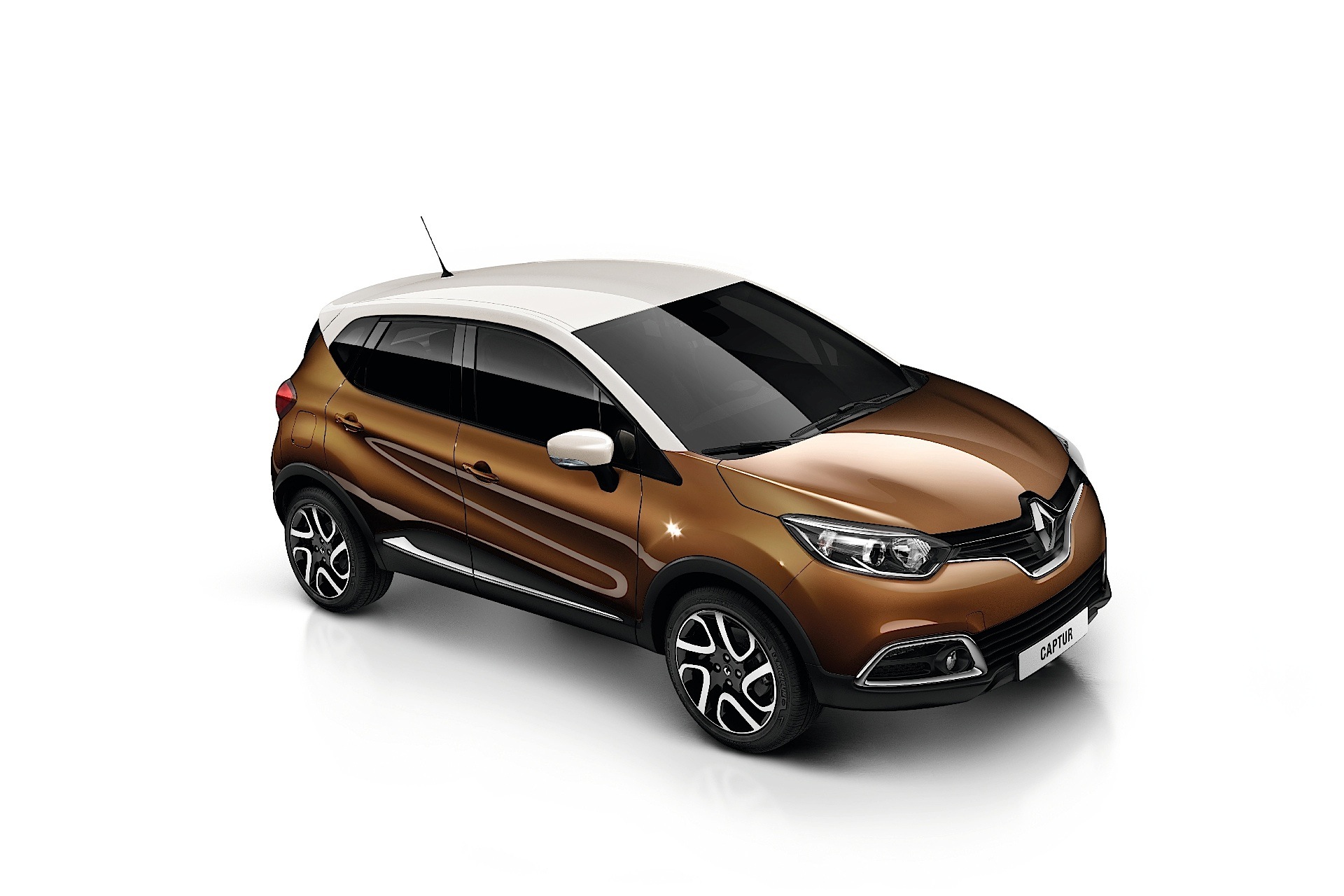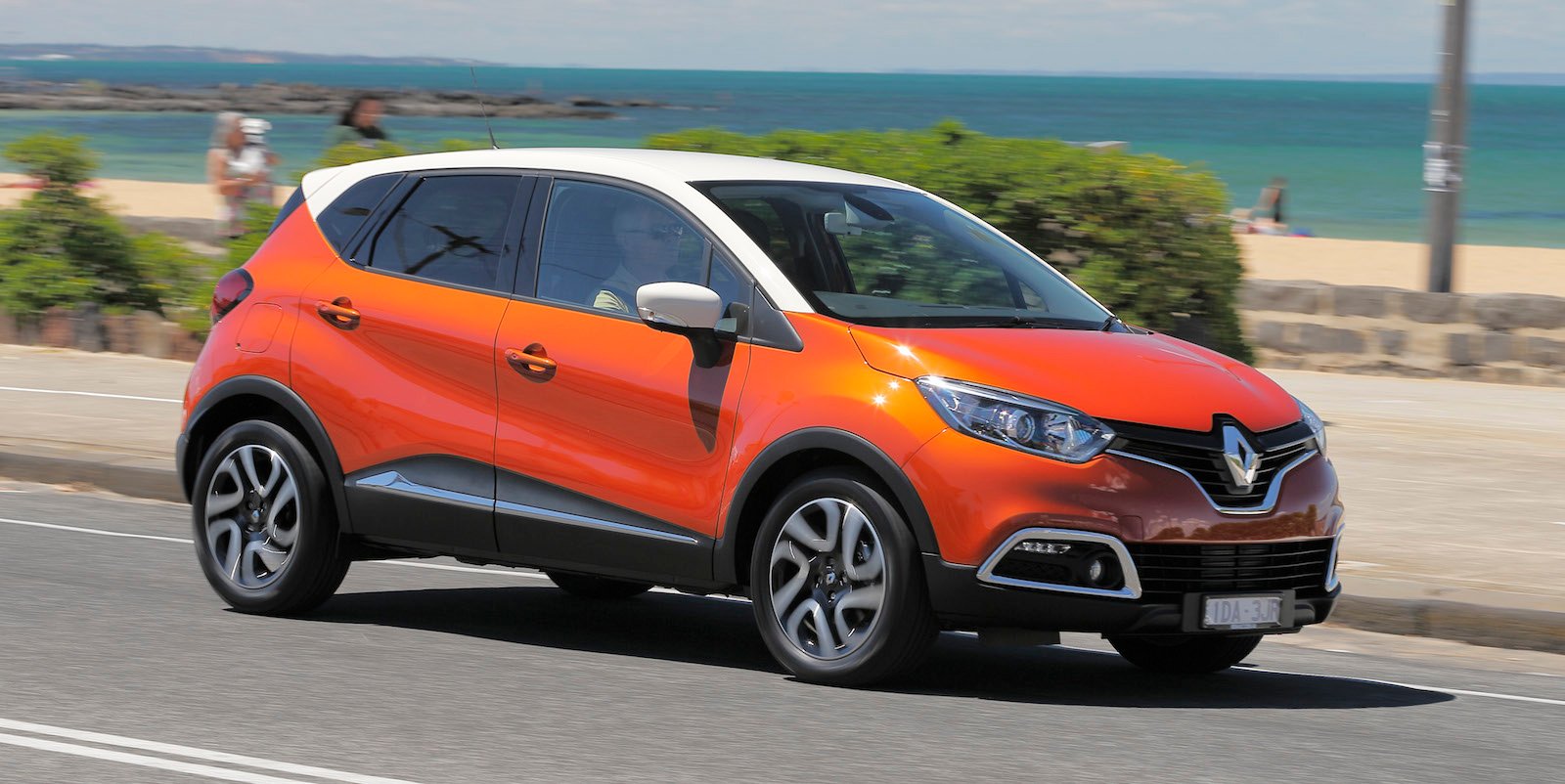

That jacked-up ride height is good for easy access, the rear bench slides back and forth depending on whether you want more legroom or a bigger boot, and there’s a double-height boot floor. It would be a bit of a backwards step if there wasn’t more space on offer, and the Captur’s a good fit for small families. They also get traditional dials, which are still fine by us.
#Renault captur reviews android#
The 7.0-inch infotainment screen is still fine, surprisingly – it’s the equal of most rivals and still gets Apple CarPlay and Android Auto to allow you to bypass its interface. Lower-spec cars, however, get a lower-spec dash.

The digital dials are crisp and customisable with different themes based on the driving mode you’re in, while the largest 9.3-inch touchscreen media system comes packed with features – it’s a huge improvement over the old system and is very easy to use, if a little laggy at times when swiping between screens. You now get a proper driving position in very comfy seats (that look remarkably like ones you’ll find in a Volvo), swathes of soft materials across the dash and where you actually lean and poke around, and a suite of digital displays that make it feel suitably modern. Gone from the old car are the horrid plastics and driving position where you sit on top of everything. This is where some of the most significant changes have been made, thanks to the donation of the latest Clio’s dashboard. Certainly less divisive than the likes of the Hyundai Kona or Nissan Juke – and dare we say, there’s more than a whiff of premium (whatever that is) about the Captur. Most models have two-tone roofs and tastefully-applied chrome detailing, and the car’s whole stance is much more muscular and planted than it was before. It’s much more cohesive than some of its rivals, with bold lighting signatures (LED as standard, so even base models look smart) and stylish alloy wheels. Styling is an obvious one – it might not be too different to the old car, but as compact SUVs go, it’s a real looker. Renault hopes to stand out in a few ways. Now, there’s the Volkswagen T-Cross, Mazda CX-3, Peugeot 2008, Hyundai Kona, Skoda Kamiq – to name just a few. When the first Captur came along in 2013, it was pretty much only competing with the Nissan Juke. There’s a lot of competition…Ĭertainly more than its predecessor.
#Renault captur reviews plus#
It sits atop the latest CMF-B Renault platform (shared with the Clio) while the interior is posher and plusher – plus there’s a new set of engines. Retrieved 28 March 2019.The previous generation car was very long in the tooth, but this refreshed one breaths crisp new air into the Captur range, catapulting it from a mid-table runner to a Champions League playoff position contender.ĭespite what those mild looks suggest, the Captur is all new. Archived from the original on 28 March 2019.

Renault stated the name "Arkana" derives from the Latin arcanum, meaning secret. The latter version of the Arkana was later introduced in core European market in September 2020. Another separate version of the vehicle was introduced in South Korea in February 2020 as the Renault Samsung XM3, and is based on a more advanced CMF-B platform. The car debuted in May 2019 in Russia as a car based on the older Dacia/Renault Duster B0 platform. The Renault Arkana is a compact crossover SUV ( C-segment) with a sloping rear roofline produced by the French manufacturer Renault. Renault Captur (Global Access) (B0+ platform)ġ2V electric motor/generator micro-hybridization solution (MHEV)ġ41 bhp 143 PS (105 kW) (ARKANA E-TECH HYBRID) South Korea: Busan ( Renault Samsung Motors)įront-engine, four-wheel-drive (B0+ platform) Renault Samsung XM3 (South Korea, until 2022)


 0 kommentar(er)
0 kommentar(er)
